Electronics Assignment: Microwave Transmission Analysis Report
VerifiedAdded on 2022/10/19
|5
|415
|2
Report
AI Summary
This report presents a solution to an electronics assignment focusing on microwave transmission analysis. The assignment involves calculating the link budget, which includes parameters such as transmitter power, antenna gains, feeder losses, and free space loss. The solution demonstrates the calculation of free space loss using the provided formula and then determines the received power level. Additionally, the report discusses the purpose of passive repeaters in microwave transmission, highlighting their role in redirecting signals and overcoming obstructions without requiring power. The report references relevant literature to support the analysis and findings.
1 out of 5
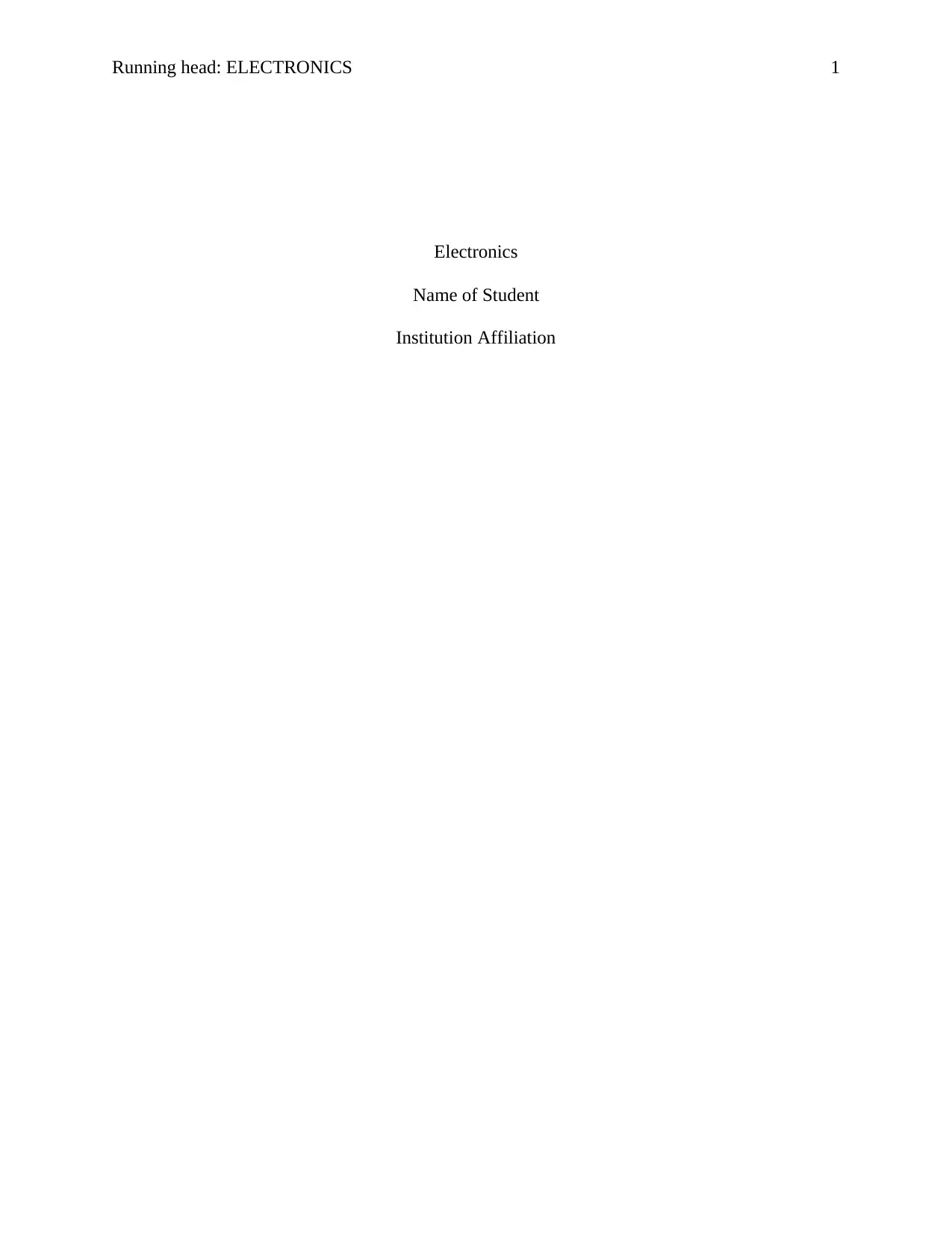
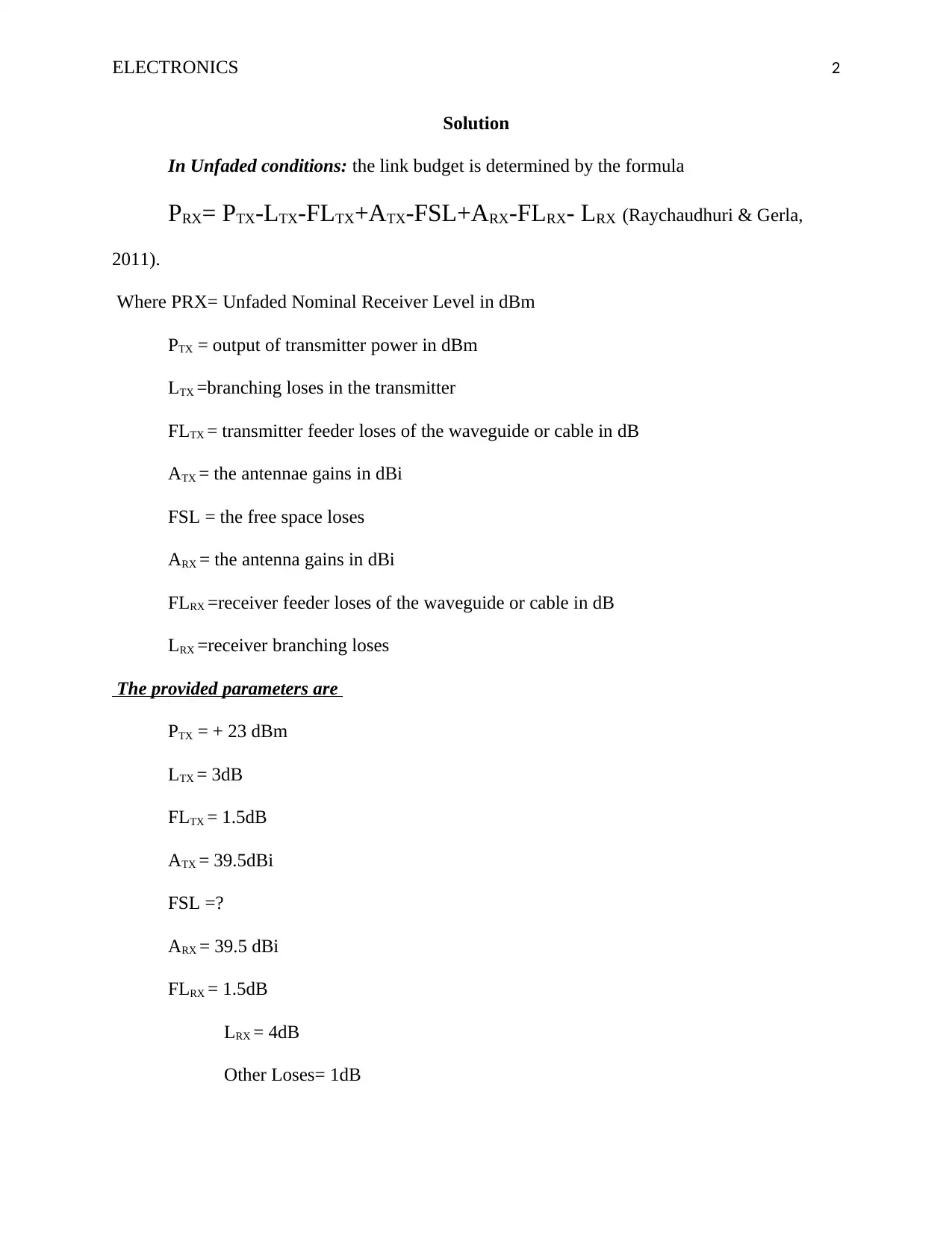
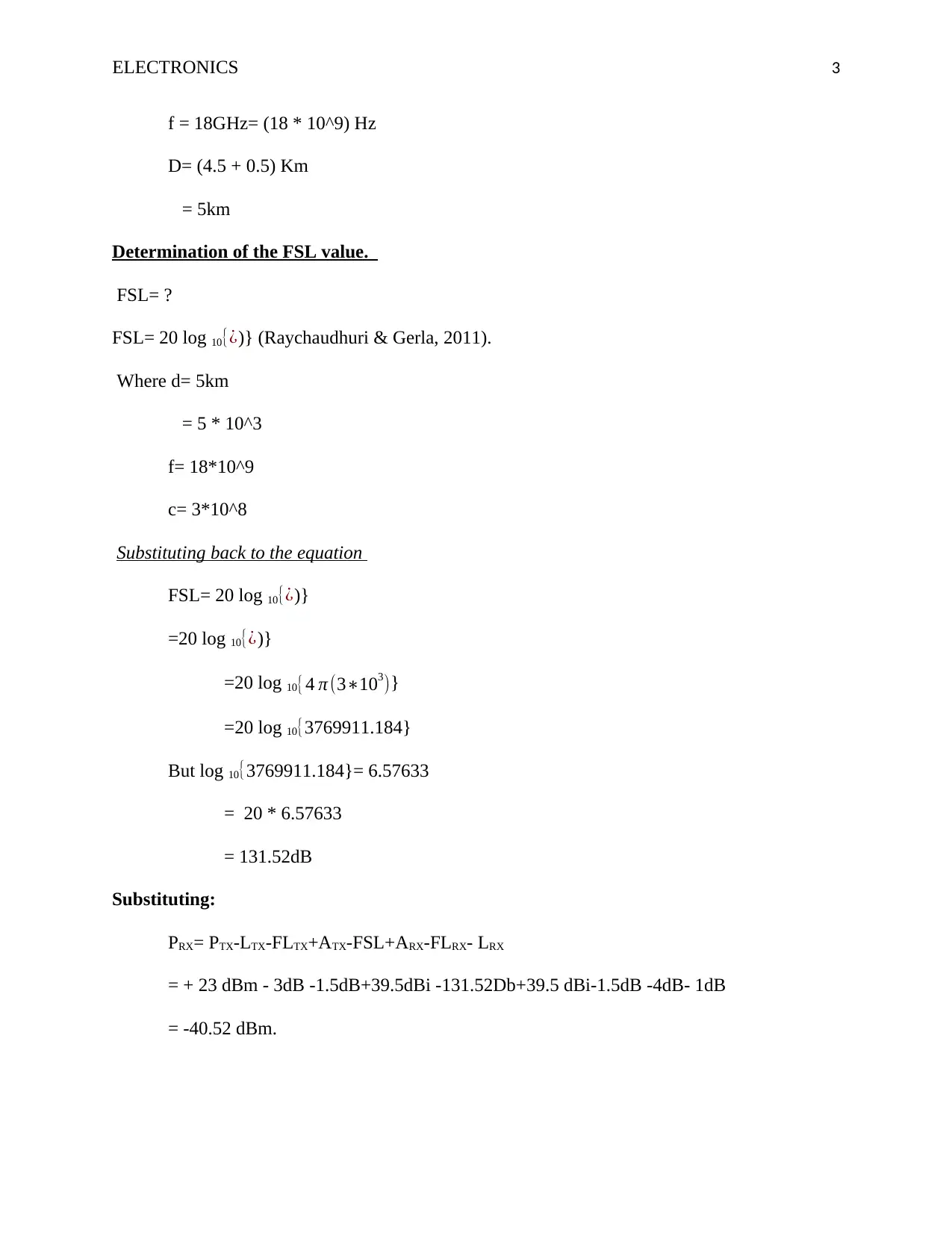

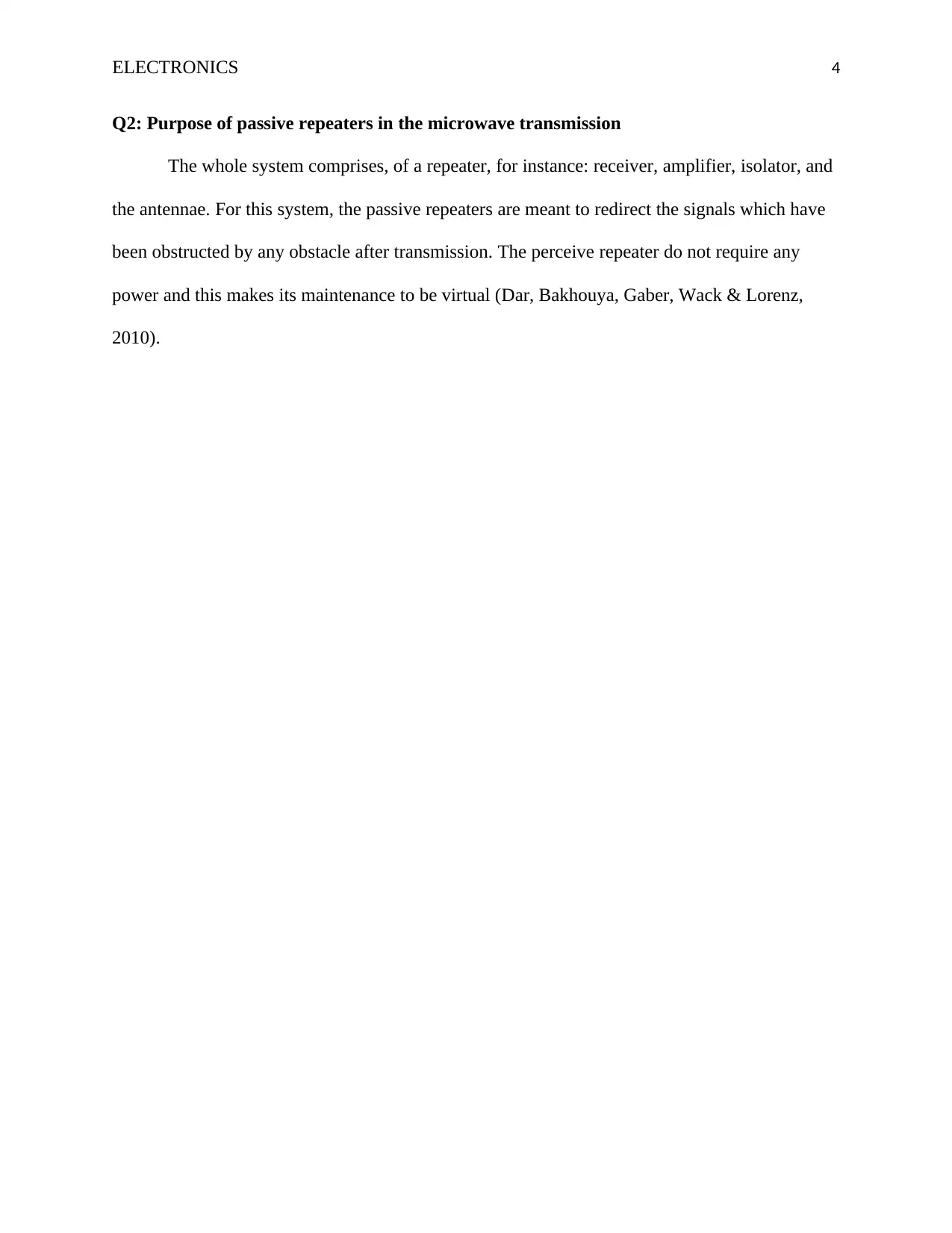
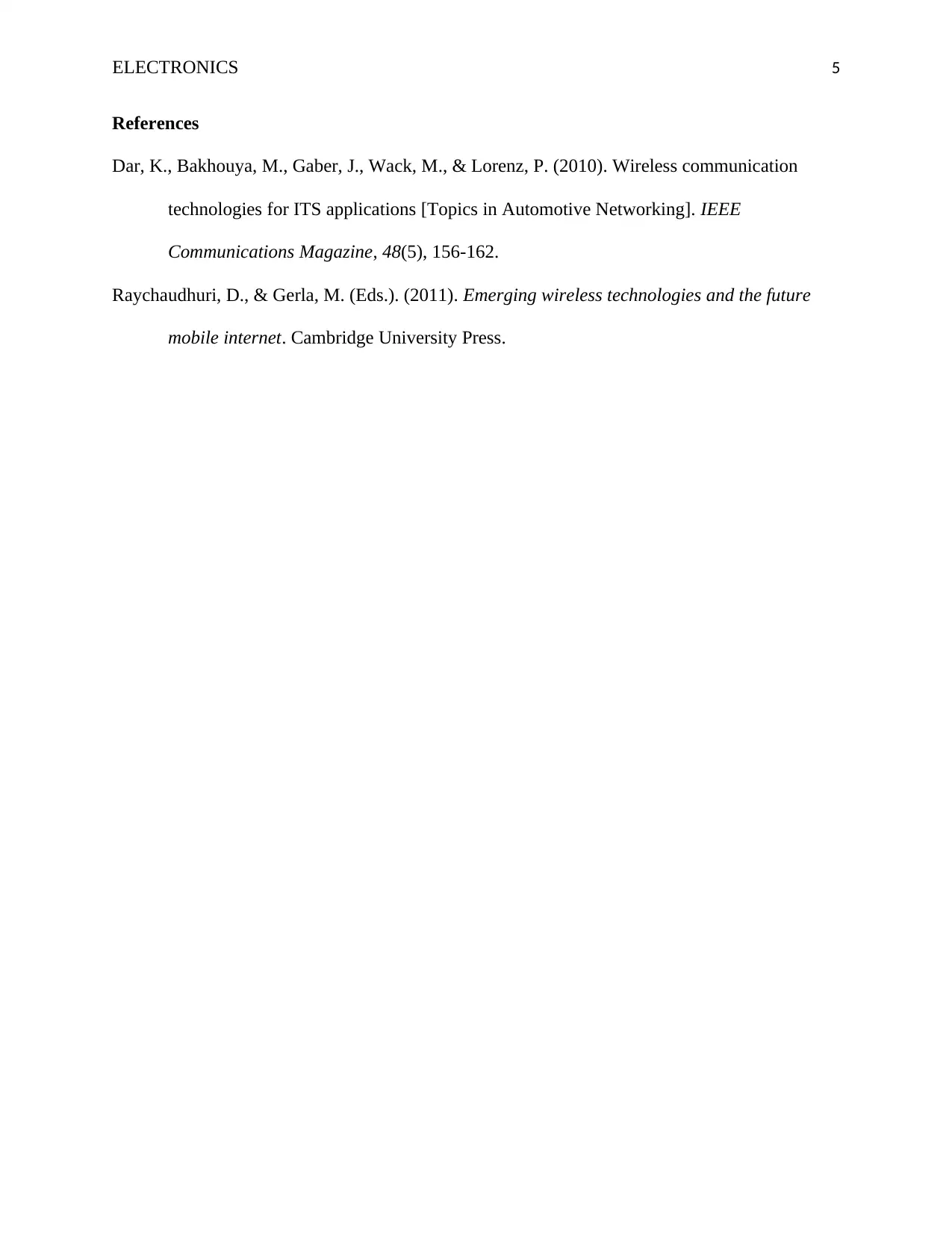




![[object Object]](/_next/static/media/star-bottom.7253800d.svg)